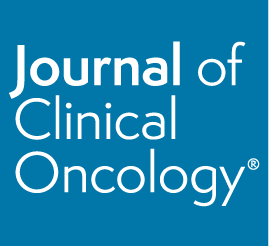Democratizing cancer innovation by reducing cost and complexity of cancer models.

e13503 Background: Despite advances in high-throughput screening, combinatorial chemistry, databanks, and computational models, drug R&D remains expensive and slow, often over a decade. It is estimated that pre-human costs are > 30% of cost of approved drugs: $1.5 billion of $3.9 billion. Another study estimates that pharma spends $34.4 billion annually on preclinical research. However, 90% of drugs effective in pre-human studies fail in human trials. A reason for this dissonance is the inadequacy of current assays and methods for evaluating efficacy of new treatments during preclinical evaluation. Cell culture dishes fail to recapitulate the in vivo microenvironment, making cells far from physiologically relevant. Animal models, though physiologically relevant, are limited indicators of success in subsequent human trials. Predicting which preclinical formulations will most likely succeed in clinical trials, by matching them against patient biopsy specimens, could reduce cost and time-to-market of new therapeutics. Objective: The aim of this study is to develop an ex vivo cancer model that can predict clinical success of preclinical formulations by screening efficacy on live patient biopsy tissue. Methods: Softlithography with SU-8 photoresist and polydimethylsiloxane (PDMS) was used to fabricate microporous thin membranes with uniform porosity. Electrospinning with collagen and Nylon was used for fabricating nanofibrous membranes with well-interconnected, non-woven, non-uniform porosity. Multicellular biomimetic healthy and tumorous microtissue was cultured with pancreatic and colorectal cell lines. Permeability assays were used to validate barrier and transport functions, scanning electron microscopy was used to validate morphology, and fluorescent and confocal microscopy were used to observe migration, invasion, and metastasis. Results: Permeability assay confirmed transport and barrier functions wherein small molecules (10 kDa) diffused while larger molecules (500 kDa) were prevented from flowing. Migration and invasion were observed when microfluidic circuits connected S2VP10-Luc “tumorous” tissue upstream from “healthy” vascular and muscle tissue. Moreover, subpopulations of invasive cells showed a more aggressive proliferation profile compared to subpopulations of the same cell-line cancer cells that remained at the original “tumorous” site. Conclusions: Microfluidic ex vivo cancer models have the potential to transform cancer treatment from bench – as clinical trial simulation tools to narrow down lead and backup candidates – to bedside – as predictive personalized companion diagnostics to guide treatment strategy – along the drug discovery to market roadmap for novel therapeutic agents.
